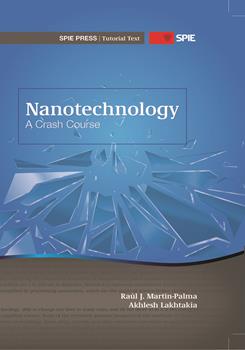|
Nanotechnology today is probably like Mozart when he was five years old: bursting with promise, with the best yet to come after a few years of nurturance. All indicators predict that nanotechnology will continue to grow in the coming years. The annual production of scientific papers, the number of patents awarded annually, and the global investment in nanotechnology research and development are exponentially increasing. In the short term, i.e., over the next 5-10 years, nanotechnoscientists will move in new directions and face new challenges as they begin a transition from investigating single phenomena and devising canonical nanoscale devices to studying complex and active nanostructures and even molecular nanosystems. Moreover, a remarkable convergence of nanotechnology, biotechnology, information technology, and cognitive science, although still embryonic, will lead to complex and innovative hybrid technologies. As these developments unfold, nanotechnology will continue its proliferation from academic and industrial laboratories to the marketplace, impacting the production and dissemination of energy and food and the delivery of healthcare, and relieving bottlenecks in transportation and communications. 7.1 Avenues of Promise Although any specific technology can develop in completely unanticipated directions, nanotechnology is commonly expected to offer breakthrough applications in the following fields: Nanomagnetism. Very fast nanotransistors consuming very low energy will enable new data storage technologies with gigantic capacities. These nanotransistors will be based on 0D and 1D magnetic nanostructures Nanoelectronics and quantum electronics. Both the capacity and the speed of data manipulation in computers will continue to grow as rapidly as they did during the last 40 years, fueled by the emergence of transistors made of carbon nanotubes, semiconductor quantum dots, and nanowires Displays. Quantum dots and nanowires are expected to be used for ultrathin and flexible visual displays that, coupled with remote servers for cloud computing, will enable the delivery of textual and graphic information on expandable credit-card-sized devices. Will printed books and newspapers vanish in the near future? |
|
|


